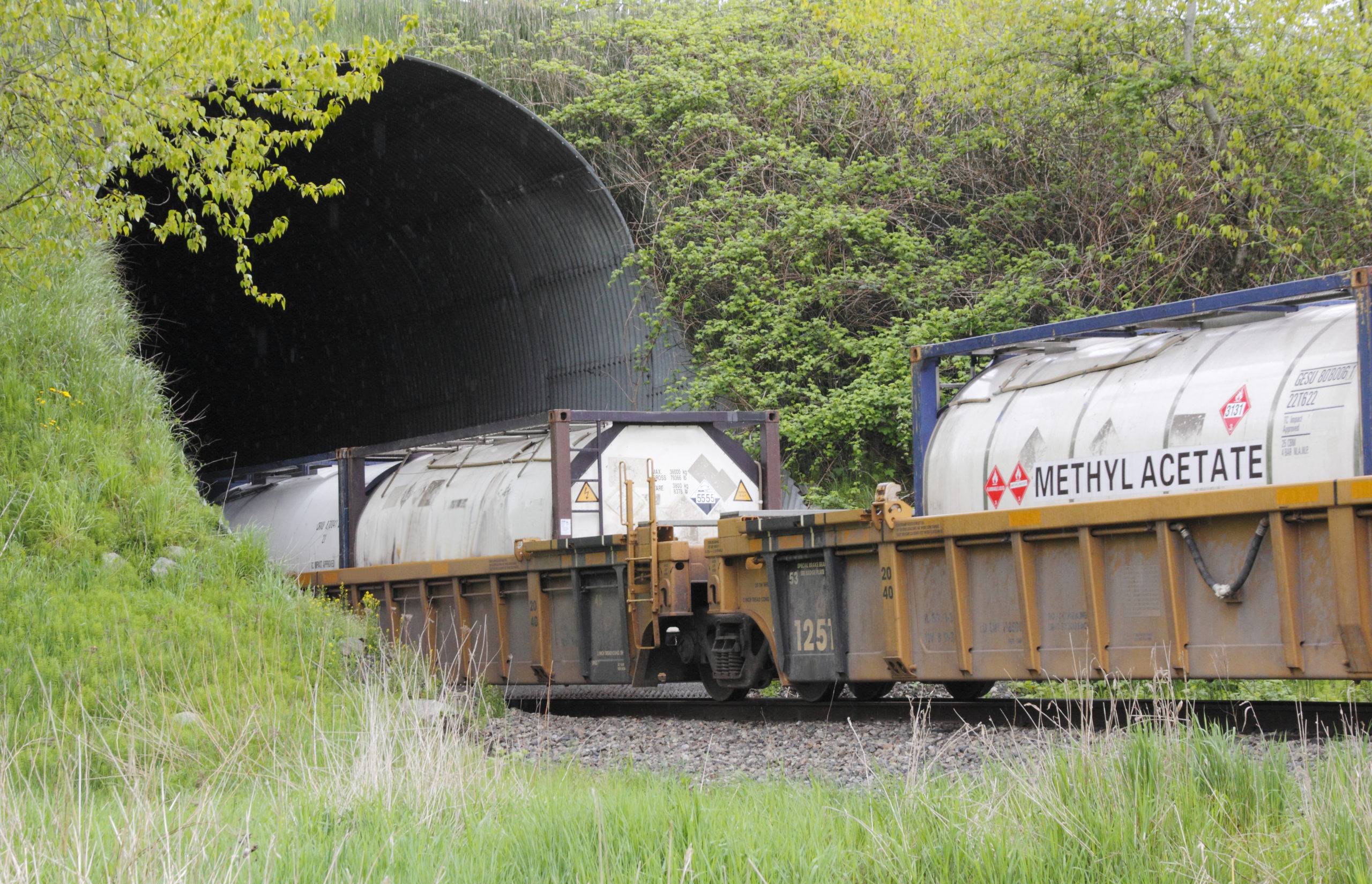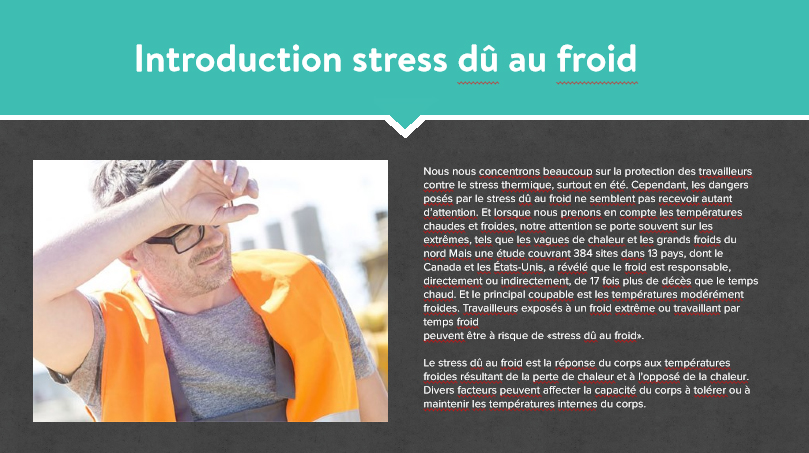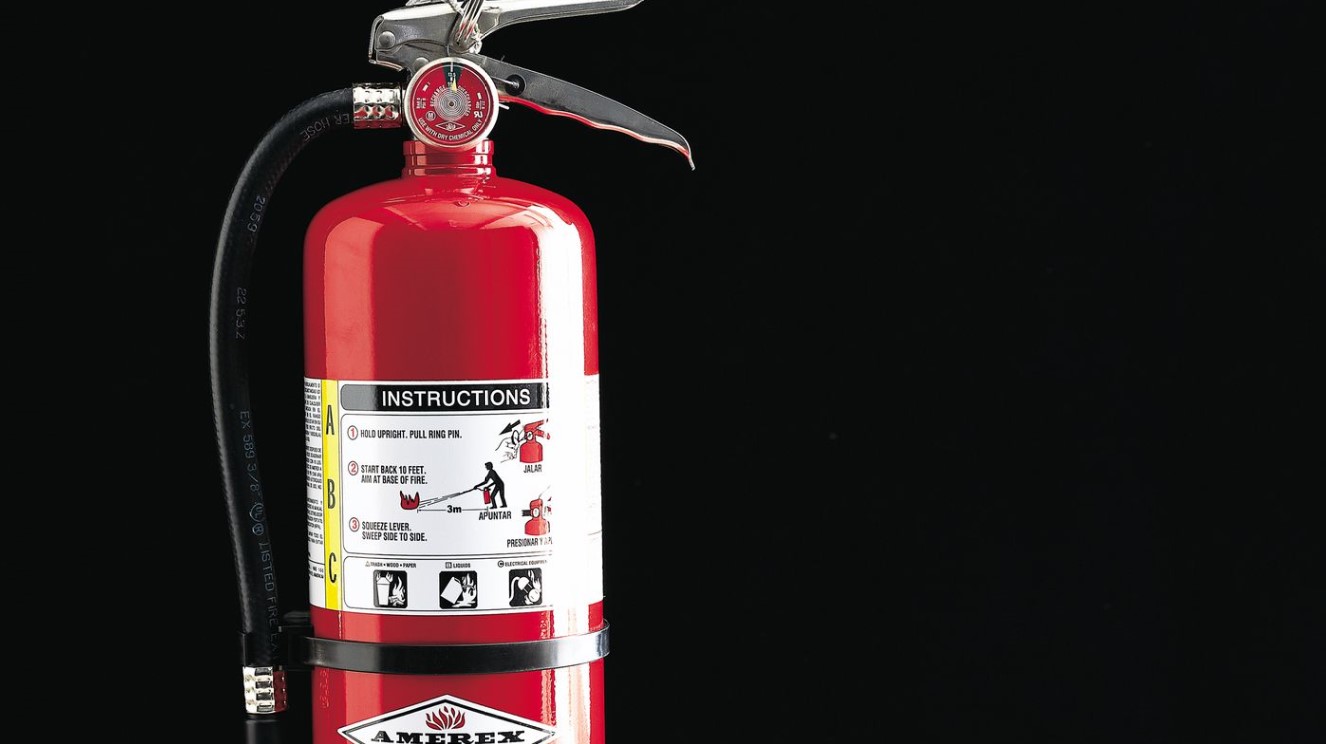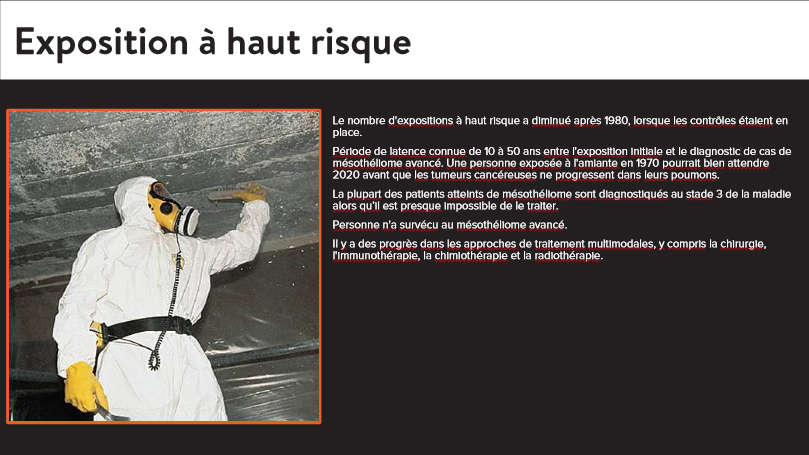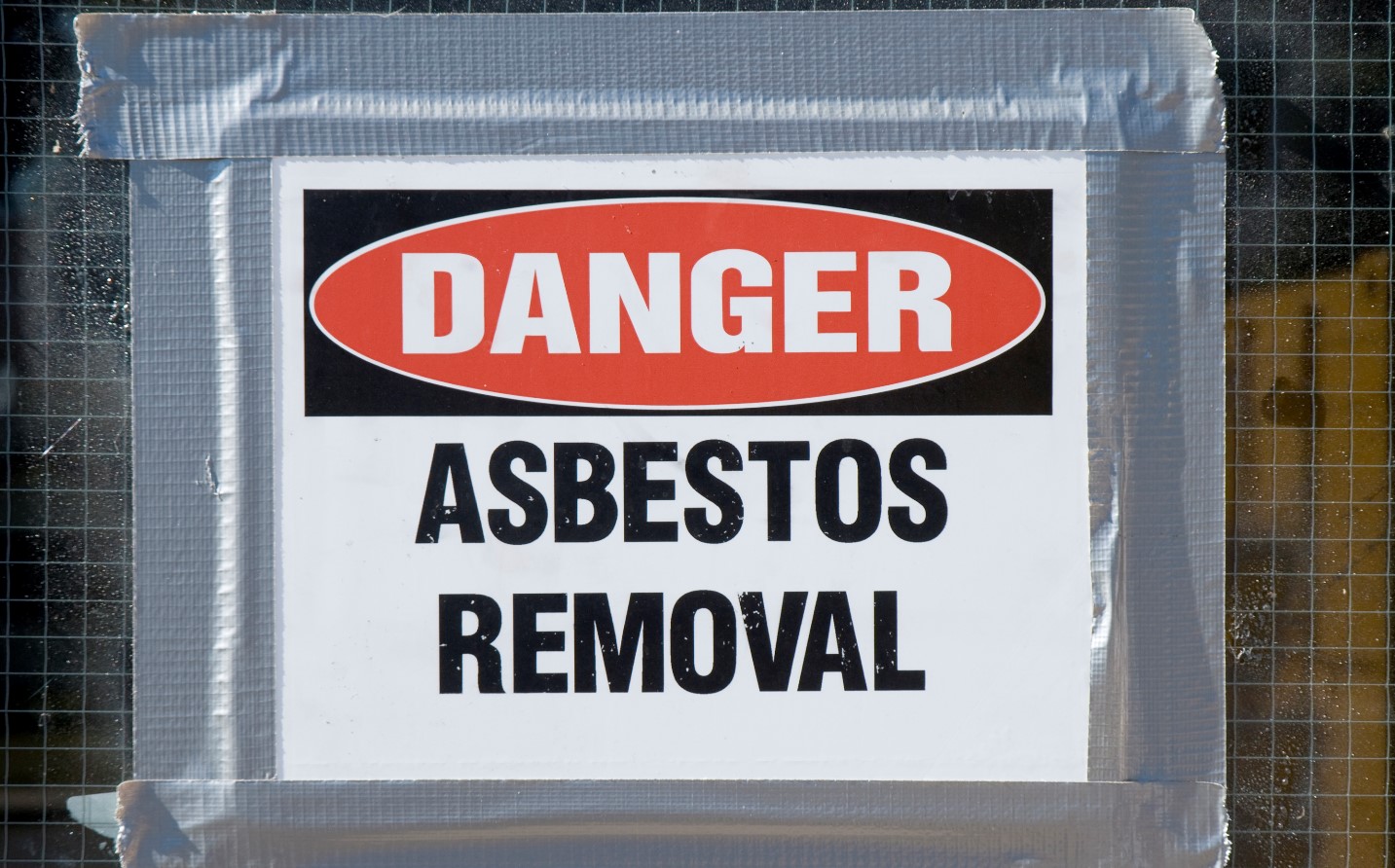-

 This course will teach basic emergency response information and key response planning tools. Although it will not make you a professional first-responder, it will help you deal with an emergency if you are at the scene. You will be taught skills on proactive actions that can be taken when danger is imminent, such as calling the authorities, isolating the hazard, establishing protocols for saving lives, and more. You do not need to know how to eliminate the potential for emergencies, but you do need to know how to reduce the potential for devastating emergencies by establishing proper reaction procedures.
This course will teach basic emergency response information and key response planning tools. Although it will not make you a professional first-responder, it will help you deal with an emergency if you are at the scene. You will be taught skills on proactive actions that can be taken when danger is imminent, such as calling the authorities, isolating the hazard, establishing protocols for saving lives, and more. You do not need to know how to eliminate the potential for emergencies, but you do need to know how to reduce the potential for devastating emergencies by establishing proper reaction procedures. -

 Slips, trips & falls are the 2nd leading cause of workplace deaths. They are also the leading cause of workplace accidents with over 200,000 reported every year. This course will cover what safety laws say about slips, trips & falls, what hazards to look out for and how you can avoid slips, trips and falls when you work. (French Version)
Slips, trips & falls are the 2nd leading cause of workplace deaths. They are also the leading cause of workplace accidents with over 200,000 reported every year. This course will cover what safety laws say about slips, trips & falls, what hazards to look out for and how you can avoid slips, trips and falls when you work. (French Version) -
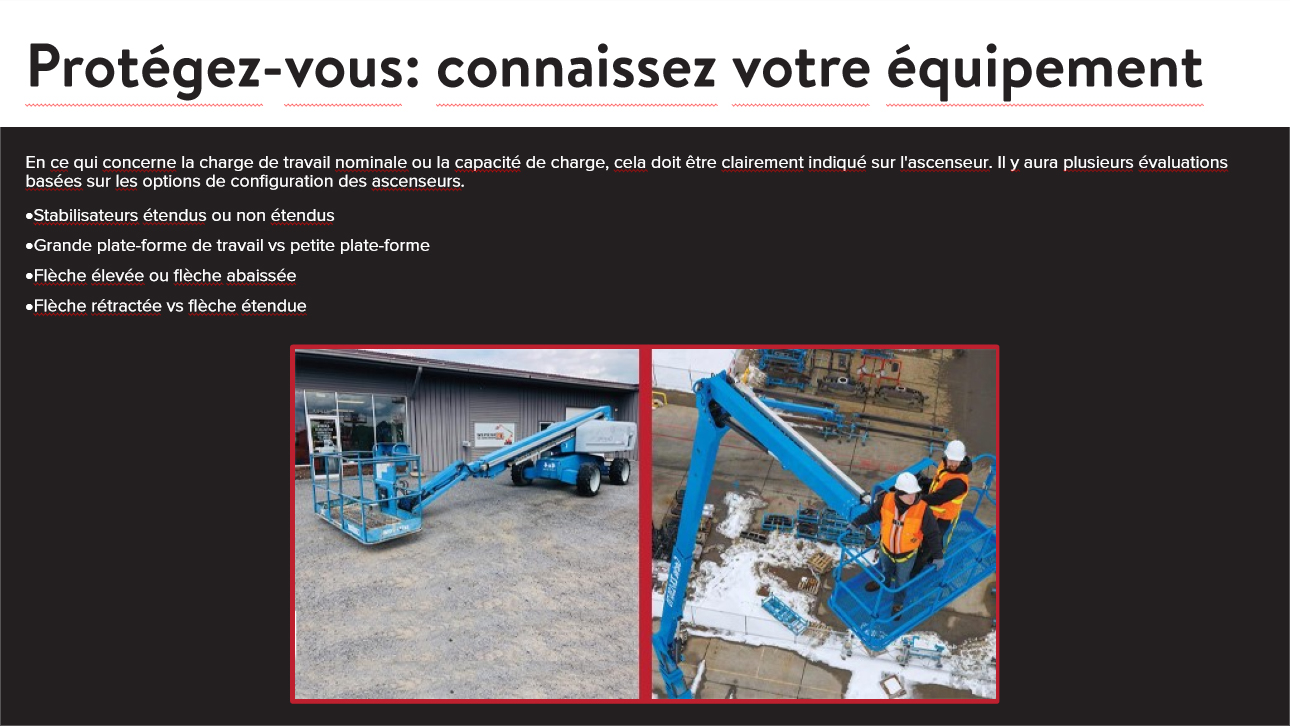
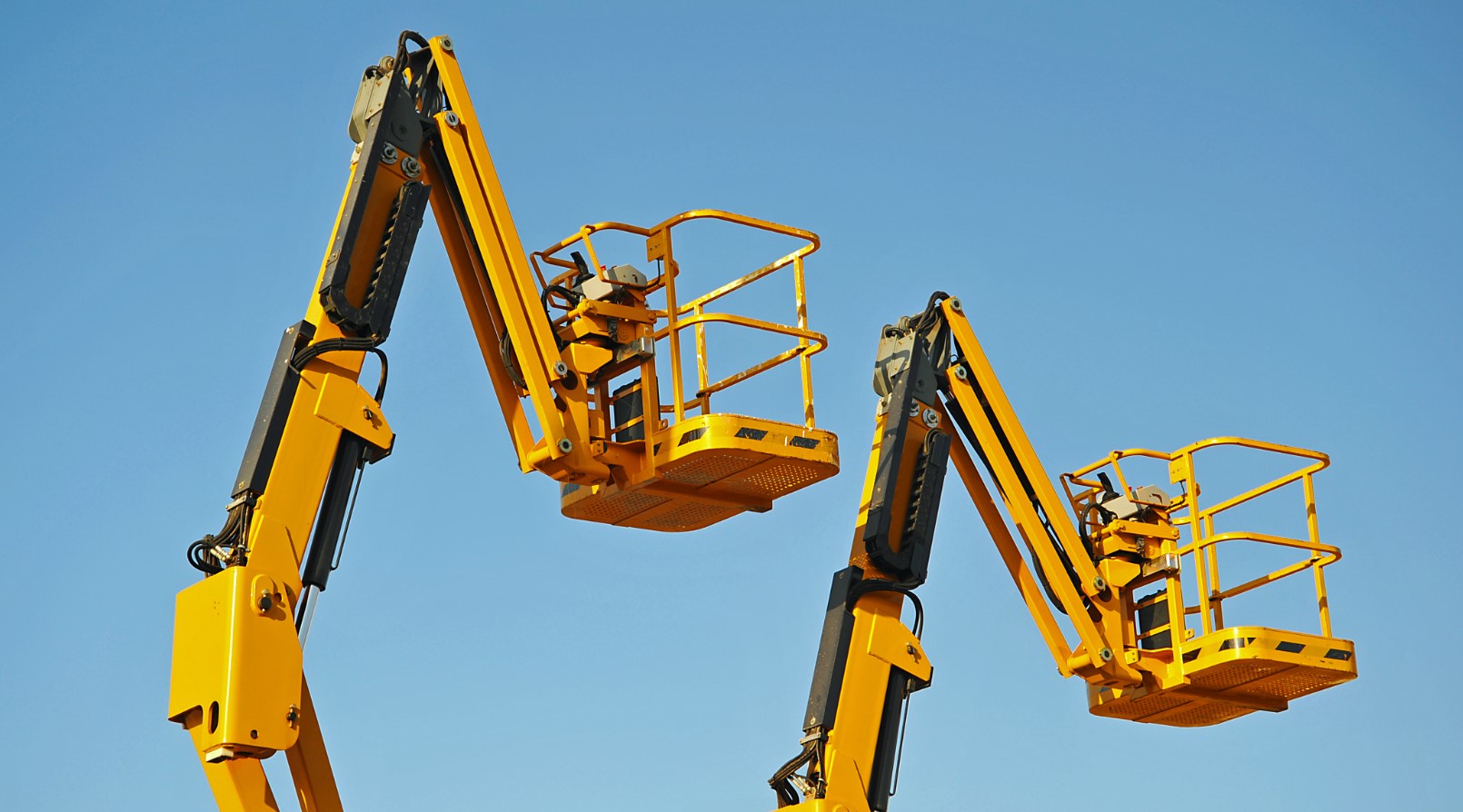 Il y a environ 30 décès reliés à des appareils de levage chaque année. Le but de ce cours est de permettre aux étudiants d’identifier les types les plus courants des appareils de levage et d’élévateurs à ciseaux, les risques associés avec leur utilisation, leurs critères d’inspection et les méthodes de travail sécuritaire avec ces appareils.
Il y a environ 30 décès reliés à des appareils de levage chaque année. Le but de ce cours est de permettre aux étudiants d’identifier les types les plus courants des appareils de levage et d’élévateurs à ciseaux, les risques associés avec leur utilisation, leurs critères d’inspection et les méthodes de travail sécuritaire avec ces appareils.

